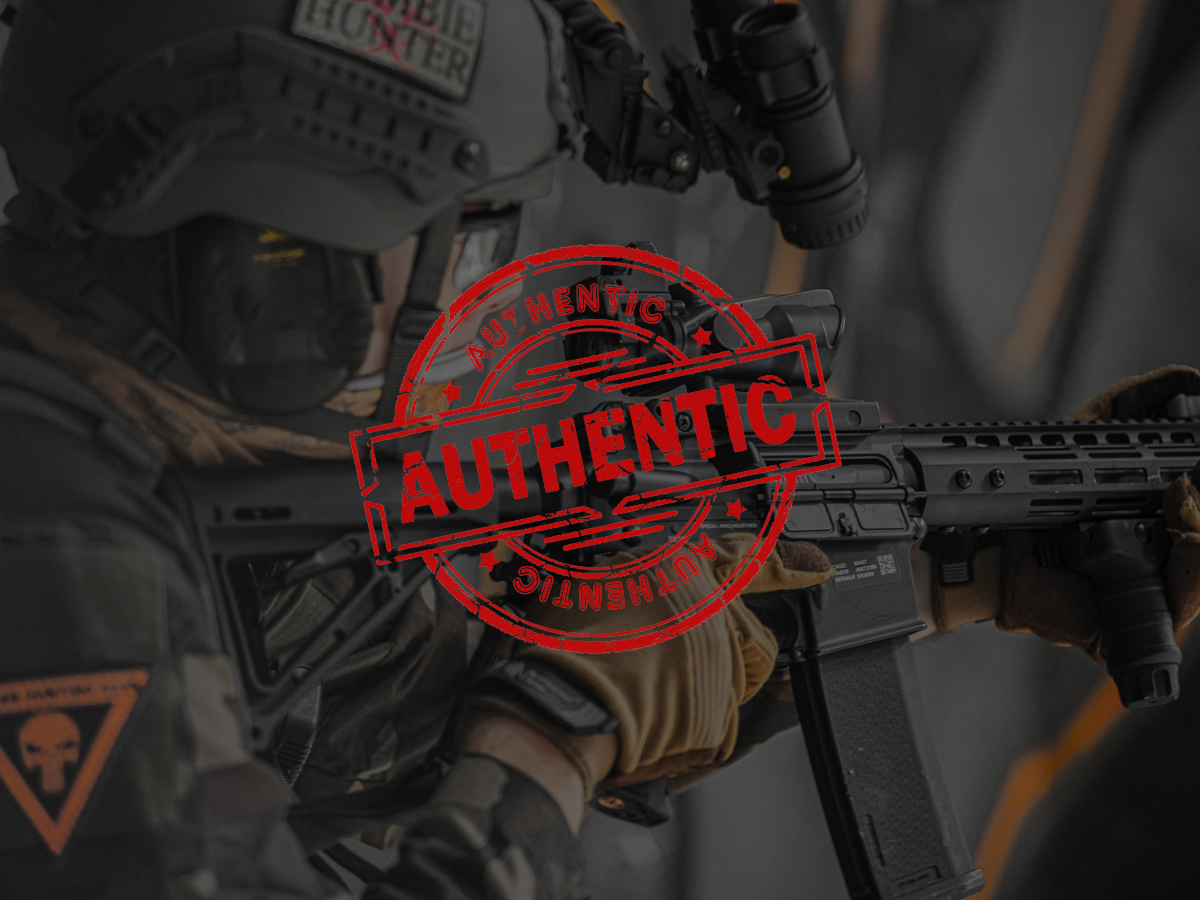Craft Before Kit
Written by Nate Palin
There is no shortage of overly kitted-out operator wannabes who lack any actual ability beneath the surface. Appearances are shiny and attractive to some - but are also easy and can literally be bought. Meanwhile, genuine craftsmen have likely learned through discomfort that less is more and chosen their tools wisely and incrementally through trial, error, and necessity. Systematically progressive training and introspective experience provide a hell of an arduous selection process that no amount of money can accelerate.
“Because they know all they sold ya was a guaranteed piece of shit. That’s all it is, isn’t it? Hey, If you want me to take a dump in a box and mark ‘guaranteed’ on it, I will.”
Craft cannot be faked. Kit without skill possessed by the imposter who wears it is nothing more than bullshit. Burdensome, cumbersome, far from awesome… shit.
Fake It Til You Break It
I was a volunteer firefighter in high school. I witnessed and emulated my dad’s intimate knowledge of firefighting but was too enamored by gear and gadgets, and overlooked the literal forged in fire wisdom that made it all useful. I set my kit up just like his before a single item, myself included, had ever felt the heat - let alone smelled of permanent smoke.
One day we responded to a car fire in town. It was nighttime and my excitement and nervousness were competing for my emotions. Both soon gave way to embarrassment. I was running down the road looking and sounding like a traveling carnival. Random things started jingling and jangling and falling off me onto the roadside. I could have sold tickets to the shit show.
One veteran volunteer teased me lightly but my dad never said a word. To this day, I’m not sure if he just didn’t notice or he was simply letting the scenario be the best teacher. Either way, upon returning from that call, I increased my effectiveness by decreasing my extras. I was immediately more mobile and could pay better attention. I inventoried the trucks to acquaint myself with where I could fetch any and every possible tool at the department’s disposal (instead of trying to carry them on my person) and I let the few calls I did respond to over the next couple years tell me what I needed to keep at the ready versus what I needed to keep elsewhere or not at all.
I faked it and I broke it. The “it” that I faked was being a firefighter and the “it” that I broke was my ego. Sometimes we need to learn the hard way.
To Be or Not to Be a Geardo
One of the first things you do when arriving at Ranger batt is set up your kit. It’s a fairly straightforward endeavor because the Army issues you most of your equipment and fellow Ranger privates bring you to the shoppette and wipe out whatever is left of your tiny paycheck by spending it on essential items like dry erase markers, a sewing kit, clothes for physical training (aka Ranger panties), and about 3,000 other things (including a case of beer). For some, this initial kit preparation ritual becomes an obsession. For others, like me, it becomes a minimalized necessary evil that I usually saved for nights I couldn’t sleep and could find quiet in the ready room.
I have no issue with the geardos (rhymes with weirdos). Sometimes I even admired their attention to detail and relentless upgrade mentality. What I did take issue with were young Rangers who added all the bells and whistles before they knew how, when, where, and WHY to use them.
Functionality would give way to aesthetics and next thing you know there’s a newbie looking like a turtle trying to scratch its shell because he can’t reach the explosives he positioned too low and centered on his back. Or he can’t draw his magazine because he attached a giant pigsticker to the center of his chest. I’m just hoping his med pouch follows the unit SOP instead of getting emptied and refilled with a can of Copenhagen long cut.
Know the Rules to You Break Them
I’m a believer that you should know the rules before you earn the right to break them. Start rigid and simple by following foundational standard operating procedures before taking liberties to best accommodate your purpose and preferences. Have a reason for every piece of equipment that comprises your kit and have an in depth command of its capabilities.
Be especially careful about making changes for combat that you haven’t implemented and rehearsed in training.
You might start with the bare bones of what’s needed to shoot, move, and communicate. Exhaust the capabilities of your basic resources before trying to offset lack of ability with the substitution of technology. Master the fundamentals because they sustainably serve you well when all else fails. Learn to shoot with iron sights before you learn to shoot with an optic; hell, learn to breathe and learn proper body position that support sight picture acquisition before you ever pull a trigger, even on an unloaded firearm.
Be sure to develop your skills within a safe and effective learning environment that is conducive to their acquisition. However, evolve to harden your skills within contextually relevant conditions that translate to real world scenarios.
Let your leadership and your natural evolution as a warfighter teach you what tools to add to your tool belt throughout your journey. The best of the best are built through attentional and intentional repetitions. Hone your craft to own your kit and maximize its potential.





